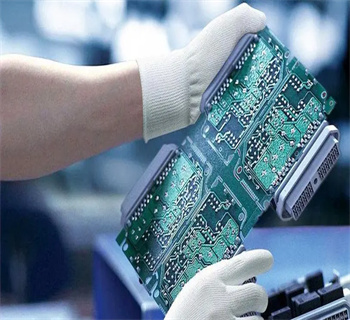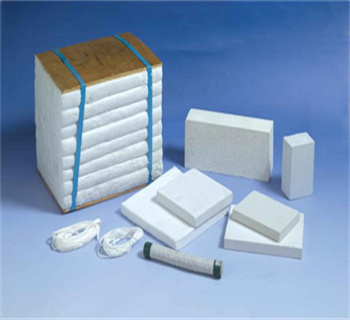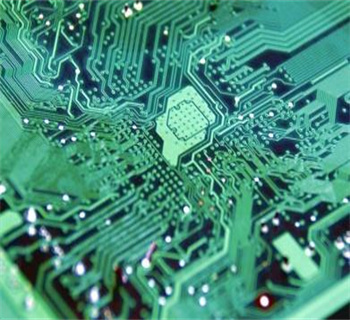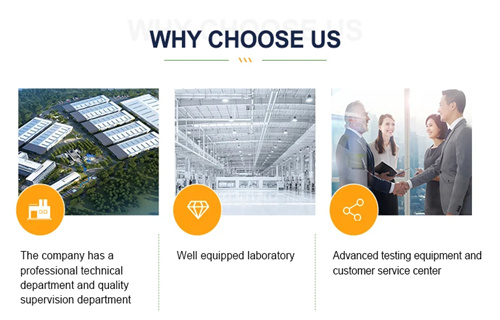Overview of Dysprosium Oxide Dy2O3 Powder
Dysprosium oxide powder, Dy2O3, is a crucial material in modern technology, thanks to its unique physical and chemical properties. This powder, obtained through a precise synthesis process, offers a range of benefits that make it invaluable in various industries. Dy2O3's high thermal stability, chemical inertness, and optical transparency are among its most noteworthy features.
Characteristics of Dysprosium Oxide Dy2O3 Powder
High Thermal Stability: Dy2O3 powder maintains its chemical and physical properties even at elevated temperatures, making it suitable for high-temperature applications.
Excellent Chemical Inertness: The powder is highly resistant to chemical reactions, ensuring durability and stability in harsh environments.
Optical Transparency: Dysprosium oxide is transparent to visible light, allowing it to be used in optical components and lasers.
High Density: With a relatively high density, Dy2O3 powder offers excellent mechanical strength and durability.
Easy Processing: The powder can be easily processed into desired shapes and sizes, facilitating its integration into various applications.
Application of Dysprosium Oxide Dy2O3 Powder
Magnetic Applications: Dysprosium oxide is a key component in the production of high-performance magnets, essential in wind turbines, electric motors, and MRI scanners.

Magnetic Applications
Optical Devices: Its optical transparency and stability make it a suitable material for lasers, optical filters, and other photonic devices.

Optical Devices
Ceramics Industry: Dy2O3 powder enhances the mechanical and thermal properties of ceramic materials, finding use in high-performance ceramic components.

Ceramics Industry
Electronic Devices: It is used in the manufacture of electronic components due to its electrical insulation properties and high-temperature stability.

Electronic Devices
Catalysis: Dysprosium oxide serves as a catalyst or catalyst support in various chemical reactions, promoting efficient and selective conversions.

Catalysis

Company Profile
NANOTRUN(www.rboschco.com) is a trusted global chemical material supplier & manufacturer with over 12-year-experience in providing super high-quality chemicals and nanomaterials, including boride powder, nitride powder, graphite powder, sulfide powder, 3D printing powder, etc.
The company has a professional technical department and Quality Supervision Department, a well-equipped laboratory, and equipped with advanced testing equipment and after-sales customer service center.
If you are looking for high-quality Dysprosium Oxide Dy2O3 Powder, please feel free to contact us or click on the needed products to send an inquiry.
Payment Term
L/C, T/T, Western Union, Paypal, Credit Card etc.

Shipment Term
By sea, by air, by express, as customers request.
FAQ
Is Dysprosium Oxide Dy2O3 Powder toxic?
Re: Dysprosium oxide powder is not considered toxic. However, it is important to handle it with care to avoid inhalation or ingestion, as with any chemical.
How is Dysprosium Oxide Dy2O3 Powder produced?
Re: Dysprosium oxide powder is typically produced through a high-temperature synthesis process involving the reaction of dysprosium metal with oxygen. This process ensures high purity and consistency of the final product.
What are the storage requirements for Dysprosium Oxide Dy2O3 Powder?
Re: Dysprosium oxide powder should be stored in a dry, well-ventilated area, away from moisture and dust. It is also important to keep it away from ignition sources to prevent any unintended reactions.
Can Dysprosium Oxide Dy2O3 Powder be recycled?
Re: Dysprosium oxide powder can potentially be recycled, depending on the specific application and end-use. Recycling practices may vary based on local regulations and the availability of recycling facilities.
What are the safety precautions to be taken when handling Dysprosium Oxide Dy2O3 Powder?
Re: When handling Dysprosium Oxide Dy2O3 Powder, it is crucial to wear appropriate protective gear, including gloves, goggles, and a dust mask. Additionally, it's essential to follow safety procedures, such as working in a well-ventilated area and avoiding prolonged exposure to dust.
Dysprosium Oxide Powder Properties | |
| Other Names | Dysprosium sesquioxide, Dysprosium(+3) cation; oxygen(-2) anion, Didysprosium trioxide, Dysprosium(III) oxide, Dysprosium trioxide, Dysprosia |
| CAS No. | 1308-87-8 |
| Compound Formula | Dy2O3 |
| Molecular Weight | 373 |
| Appearance | Light Yellow or White Powder |
| Melting Point | 2408 ℃ |
| Boiling Point | N/A |
| Density | 7.81 g/cm3 |
| Solubility in H2O | N/A |
| Exact Mass | 373.841 g/mol |
| Monoisotopic Mass | 375.843144 Da |
Dysprosium Oxide Powder Health & Safety Information | |
| Signal Word | N/A |
| Hazard Statements | N/A |
| Hazard Codes | N/A |
| Risk Codes | N/A |
| Safety Statements | N/A |
| Transport Information | NONH for all modes of transport |




